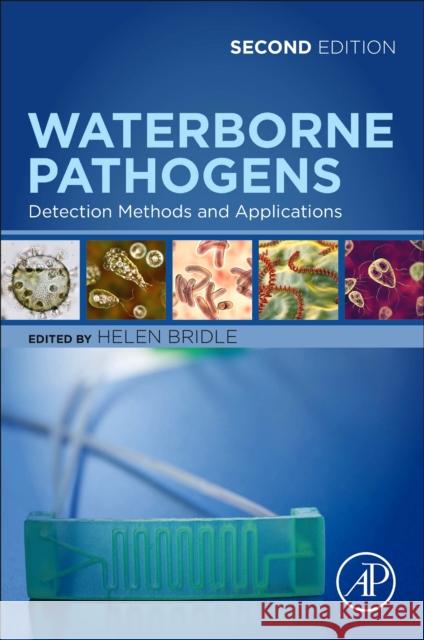Waterborne Pathogens, Detection Methods and Applications: Detection Methods and Applications » książka
topmenu
Waterborne Pathogens, Detection Methods and Applications: Detection Methods and Applications
ISBN-13: 9780444643193 / Angielski / Miękka / 2020 / 510 str.
Kategorie:
Kategorie BISAC:
Wydawca:
Academic Press
Język:
Angielski
ISBN-13:
9780444643193
Rok wydania:
2020
Ilość stron:
510
Oprawa:
Miękka
Wolumenów:
01
Dodatkowe informacje:
Bibliografia
Wydanie ilustrowane
Wydanie ilustrowane











